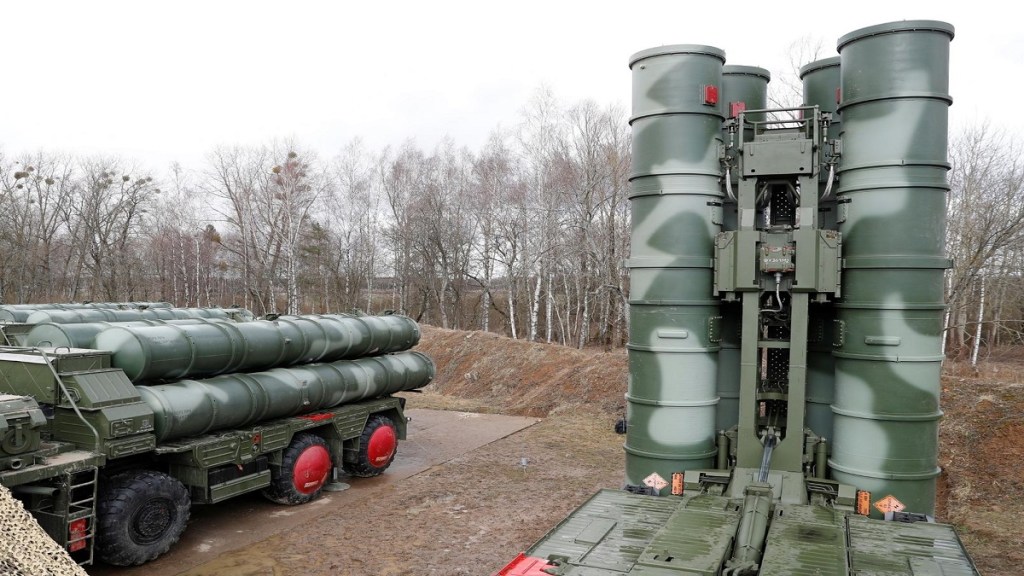As reported, it is about $ 2 billion of payments from India to Russia got stuck over the last year. The reason is: Russia simply does not want the surplus of Rupees stacked in its reserve. While India is unable to settle payments in US dollars due to the fear of sanctions, Russia has turned down India’s request to make payments in rupees.
The idea of rupee trade flourished as India looked at buying cheap oil from Moscow to contain a rising import bill amid high commodity prices. India also began to build up a similar mechanism with other nations such as Mauritius and Sri Lanka.
Initially, the oil import surged on the back of the Rubble-Rupee mechanism, and the overall bilateral trade largely remained in favour of Russia. What is adding to this is the defence transactions as Russia has decided to stop supplying credit for about $10 billion worth of spare parts as well as two S-400 missile defence system batteries that are yet to be delivered.
Despite the agreement on the smooth transaction under the alternative currencies mechanism which avoids the international Society for Worldwide Interbank Financial Telecom (SWIFT) protocol under the existing dominant regime, Russia is not willing to accept Rupees for such defence contracts.
Both sides are struggling to resolve the issue as External Affairs Minister S Jaishankar recently admitted that there are discussions going on between India and Russia on the payments issues and they need to be worked through.
Rupee-Rouble exchange –All that is not simple
The talk over alternative currencies exploded with immense possibilities that Russia and China looked at amid harsh economic sanctions imposed by the US government. The idea of bypassing the dollar was too lucrative to ignore amid the constant threat of economic sanctions which revolve around the dominant reserve currency of the world.
Indian authorities have also tried to propose the idea that Russia balances the payments from India by adjusting them with the purchase of Indian goods. However, the idea had to be dropped given that Russia has a trade surplus of $37 billion (according to last year’s figures) with India.
Russia has played down India’s offer to invest in Indian debt and capital markets to avoid stockpiling.
On top of that, Russia is unwilling to accept payments in rupees due to fluctuating exchange rates. India is also being cautious on its part, especially in procuring defence-related payments in US dollars due to fears of being slapped with secondary sanctions by the US.
While India’s procurement accounts for 20% of Russia’s defence exports, most of the items are related to the serviceability and maintenance of military equipment of Russian origin. The Indian armed forces maintain roughly seventy percent of the arsenal of Russian origin. Around 70% of the equipment of the India Air Force (IAF) is of Russian origin. The mainstay of the IAF–Sukhoi Su-30 MKI– fighter jet constitutes the bulk of 14 squadrons. In addition to that, there are also MiG-29UPG and MiG-21 combat helicopters, IL-78 tankers, two IL-76 aircraft, seven Kilo-class submarines and more than 1,200 T-90 tanks – all of which are expected to be in use for another decade and would require spare parts and technical assistance from Russian defence firms.
“The difference is between the urgent economic needs versus the military purchase,” comments a senior international trade analyst.
India has also offered to consider paying in euros and dirhams – which India generally uses for imports of discounted Russian crude oil. However, India could also be at a loss due to unfavourable exchange rates, according to foreign trade experts.
“That raises some concerns,” says a former vice chief of IAF.
What is the way out?
“While this itself presents a great opportunity for India to scale up indigenous production and push alternative supply issue, it cannot be resolved overnight,” he laments.
Russia has emerged as India’s fifth-biggest trading partner, from 25th rank during FY22. Amid the ongoing Ukraine war, trade between India and Russia has reached a record high of $39.8 billion in 2022-23. However, India has a huge trade deficit with Russia which is now reached $34.79 billion, from April through January 2022-23 (FY23). The trade deficit is mostly on account of oil imports from Russia.
